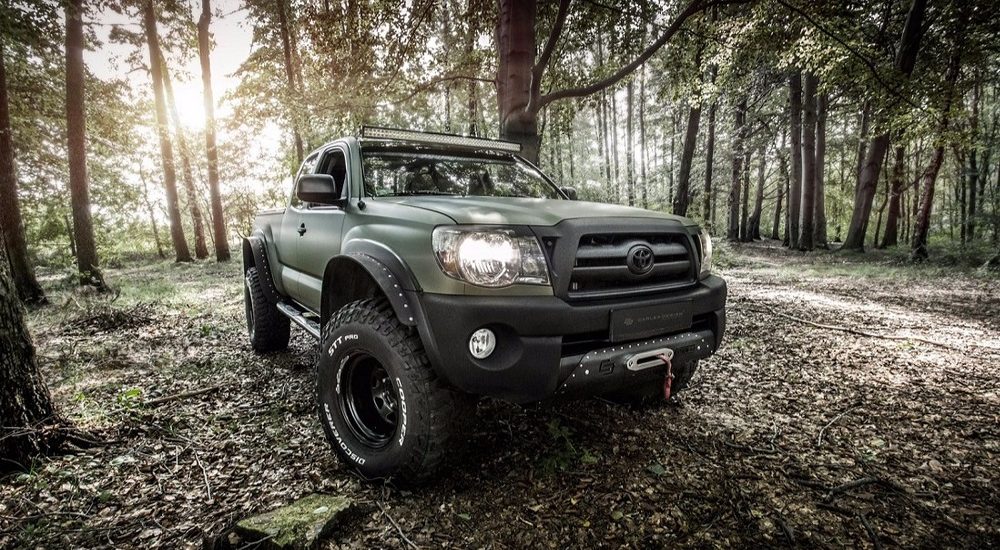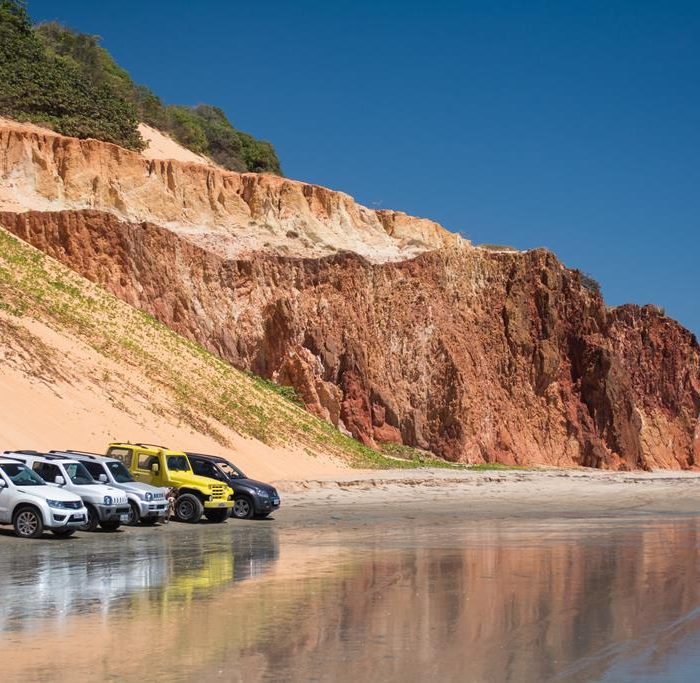Pickup is a light truck with a closed cabin and an open cargo area with low sides and a back door. It was originally produced as a working vehicle with a minimum of convenience, but in the the 1950s American consumers began to buy pickup trucks not for the purpose of carrying cargo, but to emphasize their way of life.
How did a pickup appear?
In the 1910s, pragmatic Americans invented a cheap way to turn a car into a truck. And the way is cheap both for the manufacturer and for the consumer. The manufacturer cut off the passenger car on the front seat back and attached a primitive trough-body to the rear, and the consumer received a truck with a usual comfortable cabin from the car, in its dimensions, but at a lower price. The idea of an open body, attached to an ordinary passenger car, was first picked up by farmers. Their cargoes usually didn’t require protection from bad weather and intruders, but the absence of a roof and low body floor level facilitated rigging with the most bulky cargo of agricultural origin – bales of hay, boxes, sacks and even small animals.
English “pick-up” doesn’t have its meaning by chance: the ability to transport a bulky cargo for a short distance right in your everyday car was appreciated by other active citizens, albeit not as economical as farmers. Especially if it isn’t necessary or undesirable to carry the cargo under one roof with yourself. Moreover, it was in America, whose inhabitants were always distinguished by individualism and rarely crowded into the car more than two-three people. So, they weren’t frightened by a cabin with one row of seats, typical for pickups of the first generations.

Advantages and disadvantages of pickups
There are several positive moments in the operation of pickups:
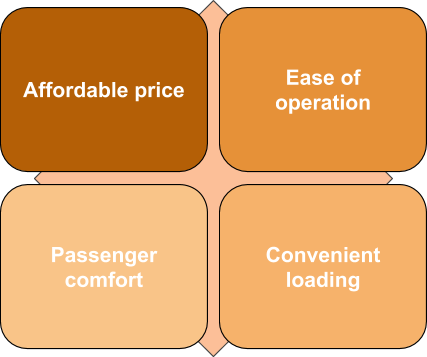
There are also negative moments:
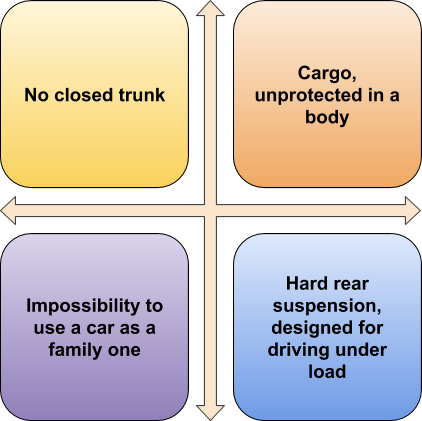
Modernisation of pickups
For a fairly long period, pickup trucks multiplied within the class. Accents shifted to comfort, then to practicality (increase in load capacity and cargo compartment volume). Gradually, the body became bigger and bigger, its floor fell lower (though it looked like a big painted, and in the beginning – a wooden, box). The cabin was so much in the direction of the representative class that there was a certain dissonance. Reconstruction from passenger sedans stopped after World War II. Automakers began to make pickups modelled on a framed car. But for about thirty years, both in America and Europe, pickups remained only cargo carriers with appropriate design.
Ute option
In 1934, Australia opened its page of “pickup” history. Reacting to the appeal of the local farmer’s family, wished to have a car, suitable for a Sunday trip to the church, and for an everyday transportation of pigs, Ford Australia division produced the Ford Ute model with a short comfortable cabin and a low open body behind it. Ute (from “coupe utility”), a coupe pickup, – a body type, a light cargo pickup variant with a comfortable cabin, modeled on a coupe cabin.
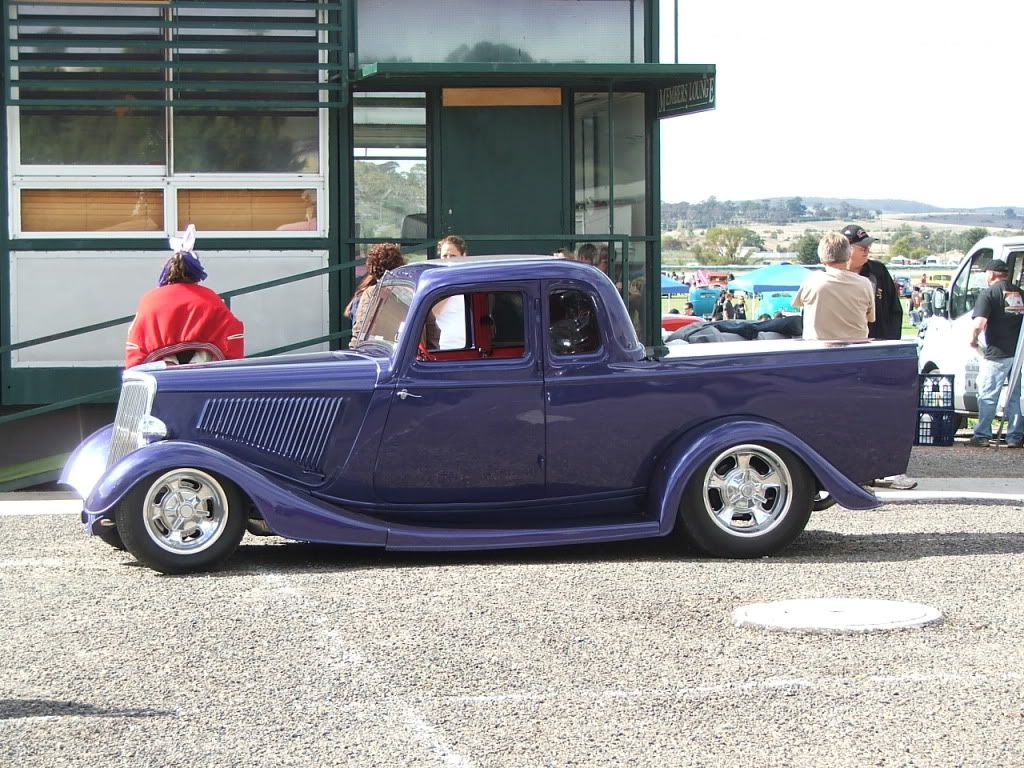
In the 1950s, the idea of the ute body was picked up and developed by the Americans. The Ford Ranchero, the Chevrolet El Camino, and nowadays – the Holden Ute, are considered cult.
Modern pickups
For a long time, European pickups retained their former appearance of gentle half-passenger-cars half-trucks with a front end of hatchbacks and sedans, the US market experienced shocks caused by the first oil crisis.
Restricting gasoline consumption, multi-liter motors of American road dreadnoughts were “strangled” with catalysts, that made them essentially lose capacity. In addition, public opinion began to deny the expediency of buying traditional American transport – huge family sedans.
Marketers of the US car companies quickly switched consumers’ attention to pickups, by that time they had become more attractive – lower in silhouette, richer in equipment and generally more comfortable than a decade or a year and a half ago. With the same 6- and 8-cylinder engines under the hood, they could easily compete in dynamics with light-duty cruisers, since they had a relatively lightweight body.
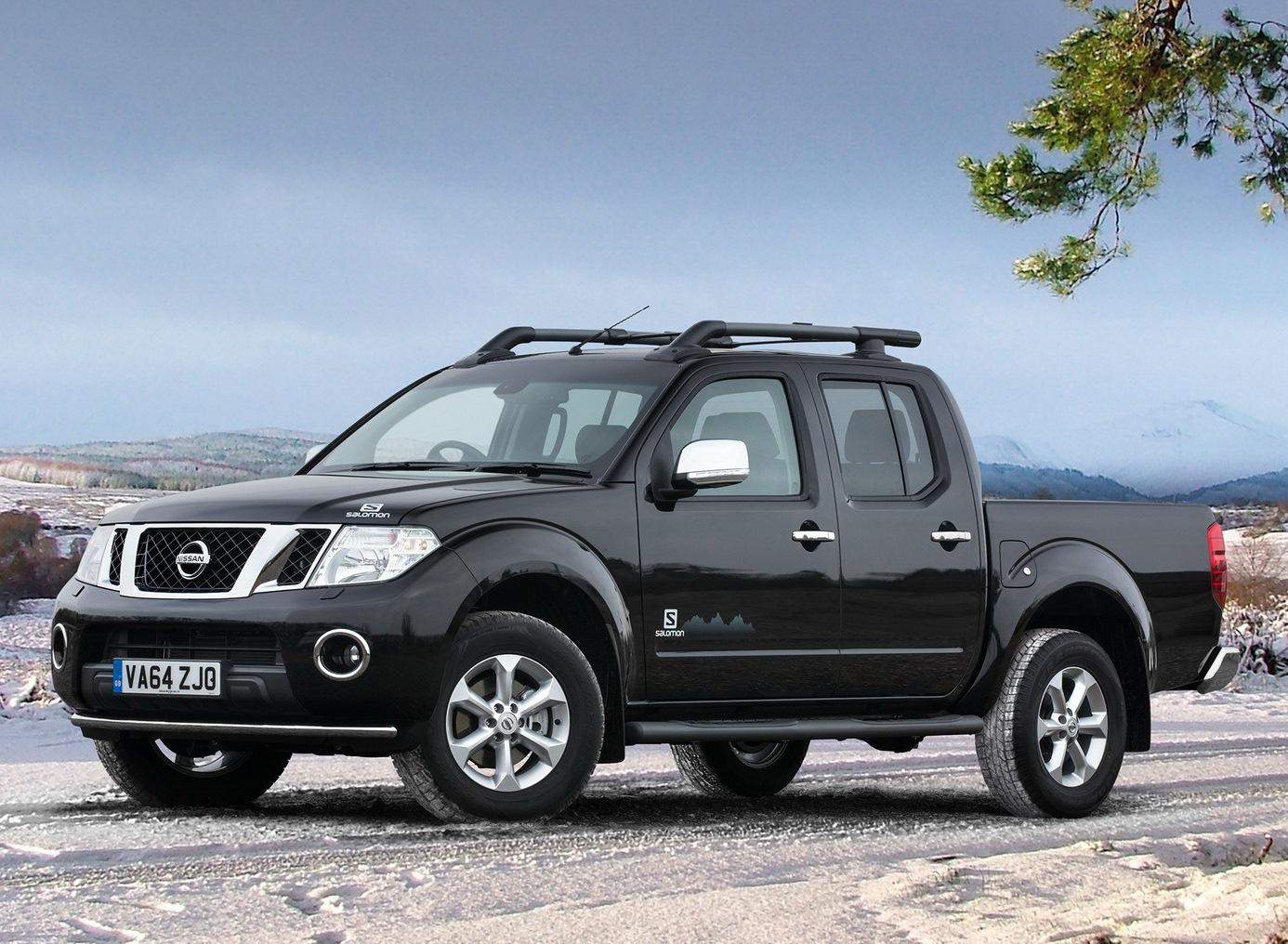
A powerful advertising campaign was launched, which promoted active rest, the opportunity to travel to the countryside with the whole family with tourist and sports equipment in the back. In turn, designers and engineers were faced with the task of turning the pickup into a substitute for estate cars and sedans, leaving it at the same time a workhorse. In the lining of pickup trucks, chrome began to appear massively, the bare metal disappeared from the cabin and air conditioning, a power steering wheel, an automatic gearbox, power door windows, cruise control and other pleasant elements appeared.
All-wheel drive pickup modifications, which first appeared in the 1950s, began to be actively offered not only to farmers, but also to buyers of much more intellectual professions, who had never left the asphalt before. So, by the beginning of the 1980s, the pickup turned into a mass phenomenon on the roads of all the North American states.
Japan also wasn’t far behind America. Japanese pickups were more economical, compact. At the same time, it was difficult to blame them for poor performance.
Pickup as a SUV
Pickups were equipped with multi-seat cabins with two rows of seats. Three types of cabins formed – the base one with a two-three-seater couch, a large four-door one with two rows of seats, and finally a one and a half one – something in between, with two doors, but with an additional seat behind the driver’s back.
Pickups were even closer to the typical SUV with the “wagon” body after widespread distribution of such an accessory, as a removable roof for a cargo platform – kung or canopy. Canopy, or kung – additionally mounted roof for a cargo platform of pickup. Unlike the cover, it has side panels with a sunroof in the end part, usually with glass. A pickup, manned this way, often replaces a classic SUV in the consumer market.
Pickup as a firing point
Various rebels, who, as a rule, don’t have armored vehicles, got the hang of installing on pickups large-caliber machine guns, recoilless cannons, mortars or even compact rocket launchers. It turns out to be a mobile firing point, or technical. So it was in Afghanistan, Nicaragua and Iraq. And the conflict in 1983-87 between Libya and Chad was called “the Toyota War”. The army of Chad had nothing to oppose to the tanks, planes, helicopters and artillery of the Libyans, but it received, as a gift from European allies, 400 Toyota Land Cruiser pickups of 40th and 70th series. There were anti-tank missile systems and recoilless guns in the bodies of pickup trucks. Strange as it sounds, such an impromptu of Chadians (although in combination with other factors) was very effective in opposing Libyan tanks. Chad drove the Libyans out of its territory and ended the war.

Pickups have a great future. However, you can drive both pickups and other cars only with a driver’s license. If it is an international model – there will be no problems when visiting other countries, renting cars (including pickups). It’s quite easy to issue such a driver’s license – it’s done right on our website.

Published December 24, 2018 • 8m to read

